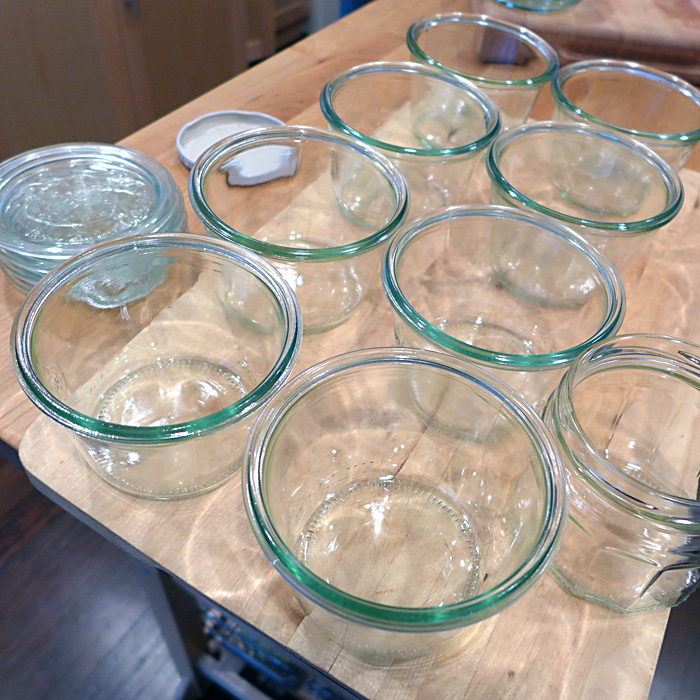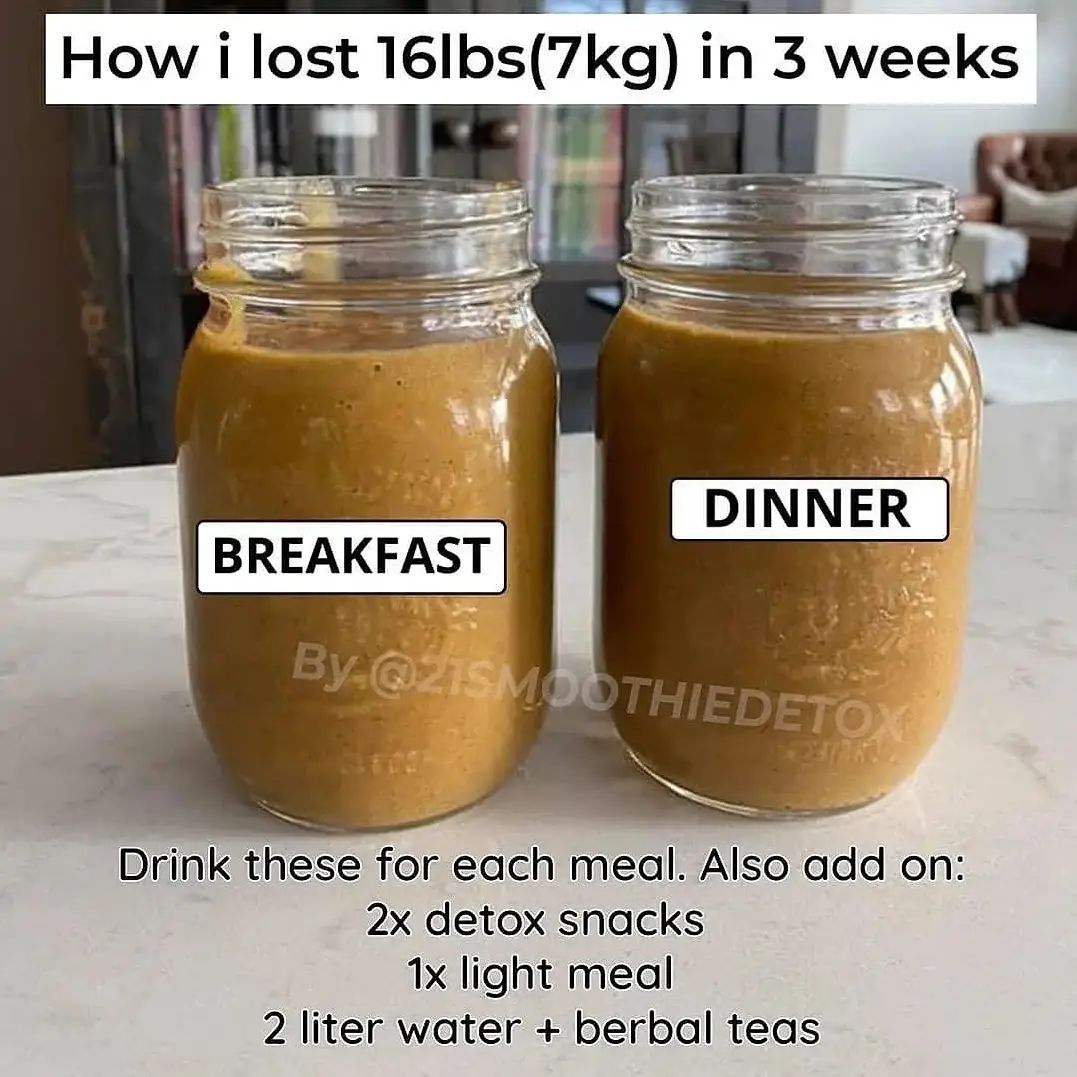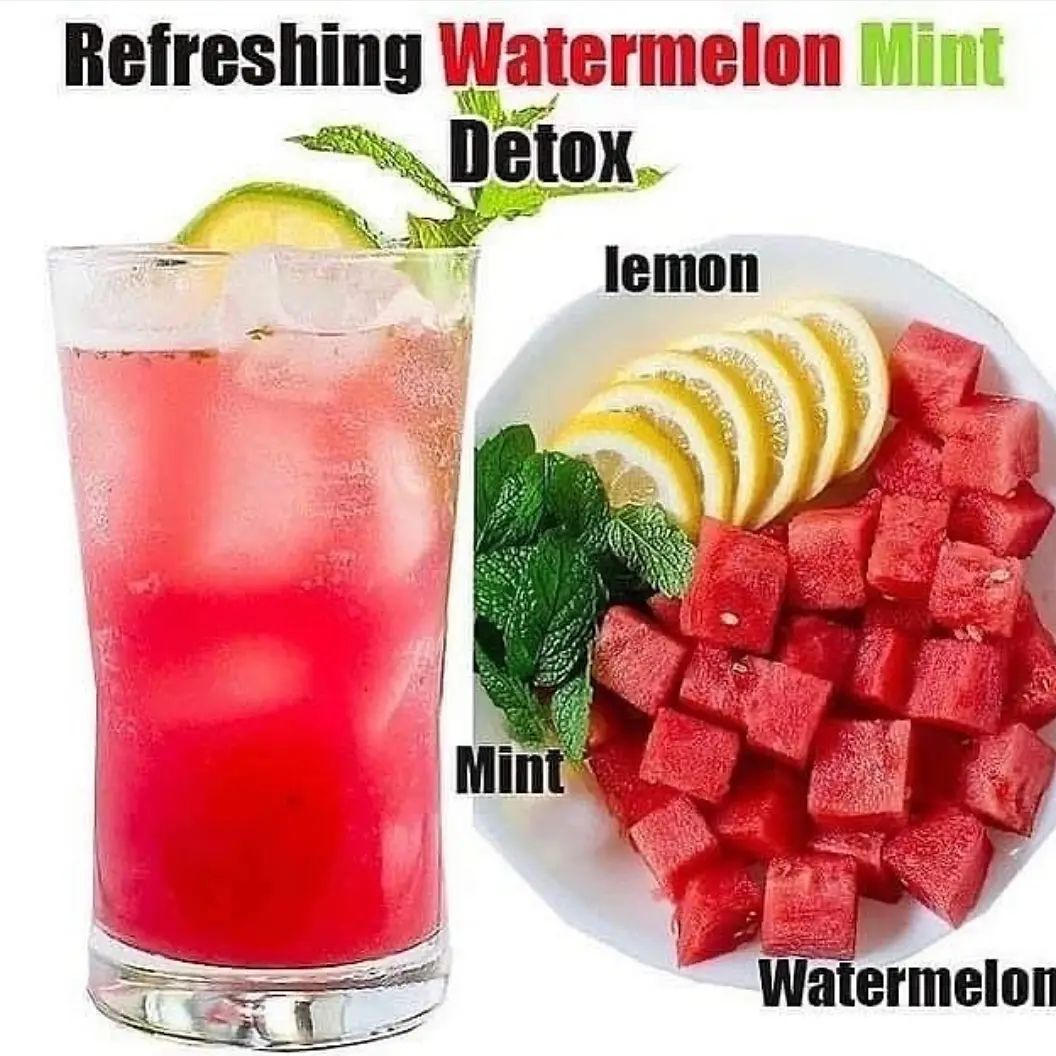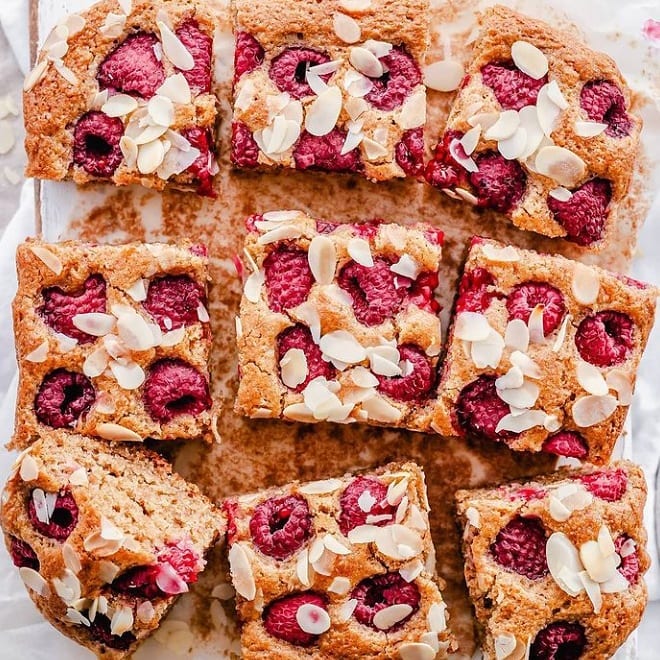Back in the olden days, early to mid 70s, when I was vegetarian and not vegan, I used to make my own yogurt. I had a square ceramic hotplate-type yogurt maker with four square eight-ounce glass jars. I’d throw a towel over the filled jars, and the base would keep them at the perfect temperature for incubating yogurt. At some point I stopped making my own yogurt — probably because decent commercial yogurts were available, and I lost interest in doing it myself. When I became vegan in 1981, there wasn’t much to choose from in non-dairy yogurt. I sometimes bought soy yogurt for my kids from a soy co-op that mainly sold tofu, but although the boys loved it, I couldn’t stand the stuff. There have been a few brands I liked since then, that have come and gone (like Whole Soy) over the years, but unless I needed yogurt for a recipe, I just didn’t buy it. With the demise of Whole Soy, I could no longer find a brand I liked. I’m talking about plain, unsweetened yogurt.

Almost a year ago, I really wanted yogurt, and started sampling commercial brands, but they all tasted unpleasant to me. And I hated all the additives. The time had come to make yogurt again. I wanted to make a pure and simple almond milk yogurt. Yeah, right. I’d been at it about a month — not being very successful at getting the yogurt to thicken — when I saw a post on Vegan Eats and Treats on making soy yogurt. My first reaction was “Dang. Every time I think I have a post in the making, someone beats me to it.” But my second reaction was, “OK. What’s the secret? Maybe I can learn something here.” She was following a recipe from Artisan Vegan Cheese by Miyoko Schinner, that included adding cashews to her soymilk. I added cashews to my almond milk. Nope. All I could get was a kefir-like consistency that tasted like yogurt. It worked great in smoothies but wasn’t ideal for eating with a spoon. I was about to start adding ground chia to my almond milk but all I had was black seeds and didn’t want to chance creating grey yogurt. While waiting to find white chia seeds I got distracted from my goal and bought a half gallon of soy milk, and I’ve been making soy yogurt ever since. One of these days I’ll try again to make almond milk yogurt, but for now, it’s soy. The last batch was exactly the way I wanted it to be, so I think it’s time to post about it. It’s pretty obvious why everyone else gets their posts up before me. But there must be someone out there who hasn’t tried making yogurt, so better late than never.

At first I used organic, unsweetened 365 (Whole Foods) brand soy milk. Lately, I’ve been using Silk organic unsweetened soy milk. The Silk contains “natural flavors” which give it a slight vanilla taste. At first I thought it was nice, but a little too sweet. Then I realized that the cashews also add a sweet taste, so I’ve reduced the amount of cashews to achieve a taste I consider perfect for both sweet or savory applications. For the cost of 1/2 gallon of soy milk plus 1/2 cup of cashews, I get a little more than eight cups of yogurt. I use about six tablespoons of the previous batch of yogurt to make the next batch. (For the first batch, I used Nancy’s plain soy yogurt.) I use Weck canning jars, which I found at Crate and Barrel, in a 10-ounce size, which is perfect for holding 8-ounces without spilling. They come with rubber sealing rings and clips but I use them without the sealers — the lid sets into the top of the jar. They stack perfectly in the refrigerator, and they nest when empty for convenient storage. Some people like to use quart jars but I prefer serving-sized jars. Any glass jar will do — whatever you have. Just make sure they are clean. You can even make your yogurt in the pot you heat the milk in, and spoon it into jars after it’s thick, but I do what’s easiest for me.

Before starting, I warm the oven to the lowest setting (170˚ F on my oven) then immediately turn it off. (The correct temperature for incubating yogurt is 110˚ F, so I let some of the heat out before the jars go in.) I arrange the jars on an old cutting board so they are ready to fill and easy to manage.
The ingredient proportions I use are 1/2 gallon of soymilk and 1/2 cup of soaked ( four to six hours) and drained cashews. First, put the soaked cashews and about two cups of soy milk into a high speed blender, and blend until the mixture is perfectly smooth. (Don’t wash the blender yet!) Then add the blended milk and the rest of the soy milk from the carton to a large pot, such as a four-quart Dutch oven. Heat gently and stir the milk until it feels warm when dripped onto your wrist. (If you have a thermometer, the milk should be at 110˚ F.) Add four to six tablespoons of unsweetened yogurt to the pot and whisk it in. Pour the soy milk back into the blender (only about half will fit at a time) and use the blender as a pitcher to fill the jars.

After filling the jars and placing the lids on, cover them with a towel to hold in the heat, and place into the oven. (I keep the jars on a wood cutting board and place the board into the oven.) It takes about four to eight hours for the yogurt to be ready. Check to see if it’s thick enough after four hours, and if not, let it go longer. It gets tangier as it sits, so keep that in mind. If you like tangy yogurt, let it incubate longer. You can taste a little to see if it’s the way you like. It’s pretty hard to wreck it.*

*Although, as I mentioned, it’s hard to ruin the yogurt, it can be done, and mine has been ruined three times. Once was a total loss, and the other two times the yogurt was still usable. My husband has twice turned the oven on to preheat it for another purpose without noticing the light was on and the yogurt was inside. One of those times the yogurt was pretty much separated into curds and whey from the high heat, but was still edible after being stirred, but I guess the beneficial bacteria were long gone. The second time he turned on the oven, my husband tried to pull the cutting board out but underestimated the number and weight of the jars, and the temperature, and he dropped the board, spewing yogurt all over the oven and floor, and cracking two of the jars. That was not a happy scene.
The third time, I whisked the yogurt into the pot, then walked away for a few minutes. When I returned, the soy milk had started to thicken, and was all lumpy, so I unfortunately decided to put it into the blender and start over. Don’t do this. The milk foamed up and doubled in quantity. I stirred it but couldn’t get rid of the foam, and had to scramble to find jars to hold the increased volume. The foam just wouldn’t go down and I didn’t want to throw it all away. The resulting yogurt was odd, with a foam-yogurt top. I stirred it before eating, and it had an almost chiffon-like texture while still tasting like yogurt. It wasn’t horrible, but I wouldn’t do it on purpose!
Actually, there was a fourth upset. I almost forgot about the almond milk yogurt I tried to ‘enhance’ and thicken with hemp seeds. I like hemp seeds, and add them to my smoothies, but I must have added too much to the yogurt mix because the resulting yogurt was so horrible tasting I had to throw it away. Believe me, I tried hard to eat it, but it was impossible. Fortunately, at that point, I was only making a quart at a time.
Making yogurt is so easy and economical. My latest batch is amazingly creamy and delicious — better than any of the commercial yogurts I’ve tried. Do you make yogurt? Have you had success with almond milk yogurt?
UPDATES:
1. I’m no longer recommending the Weck 10 oz. jars. Several of them have cracked along the bottom edge, and have to be replaced. I hand wash them, and they aren’t subjected to high heat so I’m not sure what the problem is. I may write to the company to see what they say.
2. Instead of the cutting board, I place a folded kitchen towel on a metal baking pan. The towel prevents the jars from moving, and maybe the metal retains some heat from the oven. The pan has a one-inch edge which makes lifting the jars out of the oven less precarious.
3. I add two or three dates to the cashews and milk before blending. It gives the yogurt a nice flavor.











![Follow @conveganence for daily vegan recipes!
•
Recipe (yields 2-3 servings)
🌱Ingredients
- 1 small head cauliflower, wash & cut into florets & pat dry with paper towels
- 1 small green bell pepper, cubed
- 1/2 small red onion, cubed
- 2 cloves garlic - sliced
- 1/4 cup [40g] dry roasted cashews
- 4 dried Thai chilis/red chilis, softened in hot water & drained
- oil for frying & cooking
🌱Batter
- 3/4 cup [96g] all-purpose flour
- 1/2 - 3/4 cup ice-cold water
- 1/4 teaspoon salt
- a few shakes of white pepper
🌱Sauce Mix together 2 tablespoons soy sauce/tamari, 1/2 tablespoon thick dark soy sauce (for color), 1/2 tablespoon sugar & 3 tablespoons Chinese cooking wine/sherry/broth in a bowl & set aside.
✅Place batter ingredients in a large mixing bowl & stir to combine. The batter should be thick like a pancake batter.
✅Dredge florets in batter, shake off excess & fry until golden brown (temperature 375F/190°C & I used a small saucepan). Then drain on paper towels.
✅Alternatively, grease a baking sheet pan with oil, place coated florets on the pan. Brush florets with oil & bake at 485F/
250°C until light golden brown for about 20-25 mins, be sure to flip halfway. For the last few minutes, broil to get a crispier ure (oven time varies)
✅To make the sauce, in a heated non-stick pan with 2 teaspoons oil, sauté onion until translucent. Then add garlic, bell pepper, chili & continue to sauté until fragrant. Slowly pour in the sauce & cook to reduce it slightly. Please adjust the sauce based on the cauliflower's size.
✅Finally, add the cauliflower florets, cashews & quickly toss them with the sauce until all incorporated. Serve with rice for a delicious meal.
*Please be sure to dry florets well before coating or the liquid will slowly thin down
#veganfollowback #veganscotland #scottishvegans #veganig #veganinstaclub #glasgowvegan #scottishvegan #scottishfood #scottishfoodie #glasgowfoodie #scottishfood #glasgowvegan #veganglasgow #naturalprotein #vegetarianbreakfast #breakfasttoast #veganfryup](https://conveganence.com/wp-content/uploads/2021/01/131936854_109446914286957_7383745306959709095_n.jpg)


